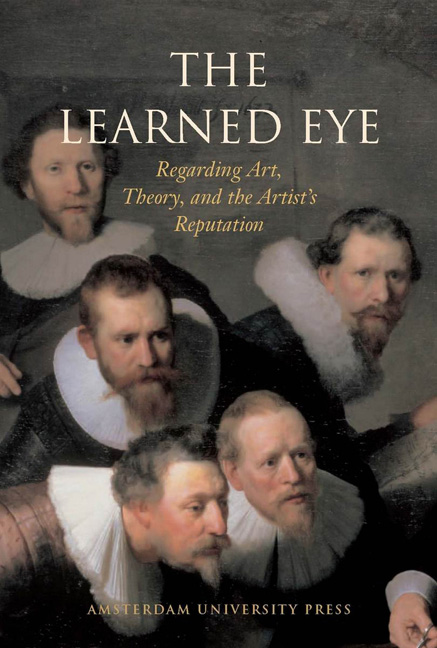In the Beginning There Was Red
Published online by Cambridge University Press: 25 January 2021
Summary
Red: Symbolic Meaning
Red is one of the oldest colours used by man. Already in prehistoric times, some 35,000 years ago, red earth was used in European cave paintings. Also, the 71 pieces of red ochre that were recently discovered in the ca. 100,000 year old Qafzeh cave in Israel were, judging by the anatomically modern humans living there, Homo sapiens sapiens – clearly chosen for their red colour. Researchers say that the red ochre found in the cave supports the controversial theory that symbolic thinking, a hallmark of modern-day human thought, arose deep in the Stone Age. The pieces of red ochre pigment were found together with ochre-stained tools, near several of Qafzeh's oldest graves. The association with burial was a strong indication of symbolic thought: early modern man had made the mental leap of associating the red colour with death. Prior to the find of red ochre in Qafzeh cave, the oldest undisputed indication for symbolic culture was a 72,000- year-old piece of – again – red ochre, with a scratched-in line pattern, found in Blombos cave in South Africa.
Red had since early times also been symbolic for the divine. Red represented fire and light, the colour of the sun. The colour red was since ancient times the symbol of might and status of dignitaries. There is a long tradition in the preference for red in matters of importance. John Gage lists many special occasions where red was used: in ancient Greece to sanctify weddings and funerals; as a military colour in both Greece and Rome to strike awe into the enemy. Before the fifth century, Greek stelae (upright funerary stone slabs or columns) were painted red. So were the interiors of some temples. The list is sheer endless: walls of shrines in India, the walls of the temple of Isis in Pompeii, statues of Roman gods, etc. In the Middle Ages, especially in Northern Europe, red also became the colour of justice, signified by the red church door. In antiquity and early medieval times, red also had a particular affinity with gold. The tradition of assigning a symbolic meaning to red and the affinity of red with gold – an affinity that affected the working methods in painting – continued for a long time, even in unexpected places, as will be shown in this article.
- Type
- Chapter
- Information
- The Learned EyeRegarding Art, Theory, and the Artist’s Reputation, pp. 18 - 27Publisher: Amsterdam University PressPrint publication year: 2005



